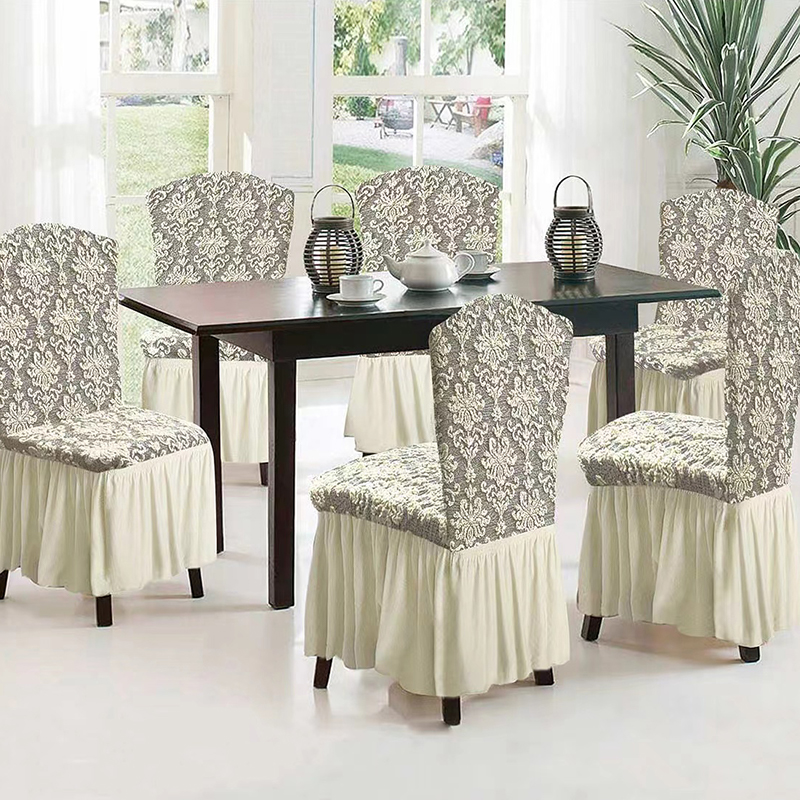Chair covers are an excellent way to protect furniture and transform the look of any room. However, while these accessories offer both functional and aesthetic benefits, there are a few common issues that many people face when using them. Slipping, wrinkling, and fading are among the most frequent complaints, but fortunately, these problems can often be avoided with the right approach and care. Let’s explore how to keep your chair covers in top shape, ensuring they serve their purpose and continue to enhance your space for years to come.
One of the most common issues with chair covers is slipping. This is especially noticeable with smooth fabrics or covers that aren’t snugly fitted to the chair. Slipping can make your furniture look messy, and it can be frustrating to constantly adjust the cover. To prevent this, choosing the right type of fabric is key. Stretchable fabrics, like spandex or a polyester blend, fit tightly to the contours of the chair and provide a better grip. In addition, non-slip pads or rubberized backing on the underside of the cover can provide extra stability. If the chair cover still shifts, using upholstery pins or tucking the fabric securely can help keep everything in place. Another great trick is to choose covers that feature elastic hems or adjustable straps, which can offer a custom fit and prevent shifting even in high-use areas.

Wrinkling is another issue that often comes up with chair covers, particularly with materials like cotton or linen, which tend to crease easily. While some fabrics are naturally more prone to wrinkles, there are several ways to minimize this problem. First, ensure the chair cover is made from a wrinkle-resistant fabric, such as polyester or a polyester blend, which holds its shape better over time. If wrinkles do occur, avoid ironing the cover directly, as this could damage the fabric. Instead, try steaming the cover or placing it in the dryer with a damp towel to help smooth out the creases. For those who need a quick fix, a fabric spray can help relax the fibers and reduce visible wrinkles. Additionally, ensuring the cover fits the chair properly and is not stretched too tightly can help prevent the fabric from folding or puckering.
Fading is another concern, especially when chair covers are exposed to regular sunlight or frequent washing. Over time, the vibrant colors of your chair covers may start to lose their luster, which can make even the most stylish covers look tired. To prevent fading, always follow the manufacturer’s care instructions carefully. Machine wash in cold water with a mild detergent to preserve the colors. If possible, wash the covers inside out to reduce the wear on the fabric’s outer surface. For covers that are regularly exposed to sunlight, consider placing them in areas that aren’t directly in the sun’s path. Alternatively, you can use UV-protectant sprays to shield the fabric from the harsh effects of sunlight. Additionally, choosing high-quality chair covers made from fade-resistant fabrics, such as those with synthetic fibers like polyester, can help maintain the vibrancy of the colors over time.
Chair covers offer an easy and affordable way to protect and enhance your furniture, but like any other home accessory, they require a little maintenance to keep them looking their best. By choosing the right materials, ensuring proper fit, and following some basic care guidelines, you can easily avoid the common issues of slipping, wrinkling, and fading. With the right approach, your chair covers can continue to provide both functionality and style, making your chairs look fresh and polished day after day.
